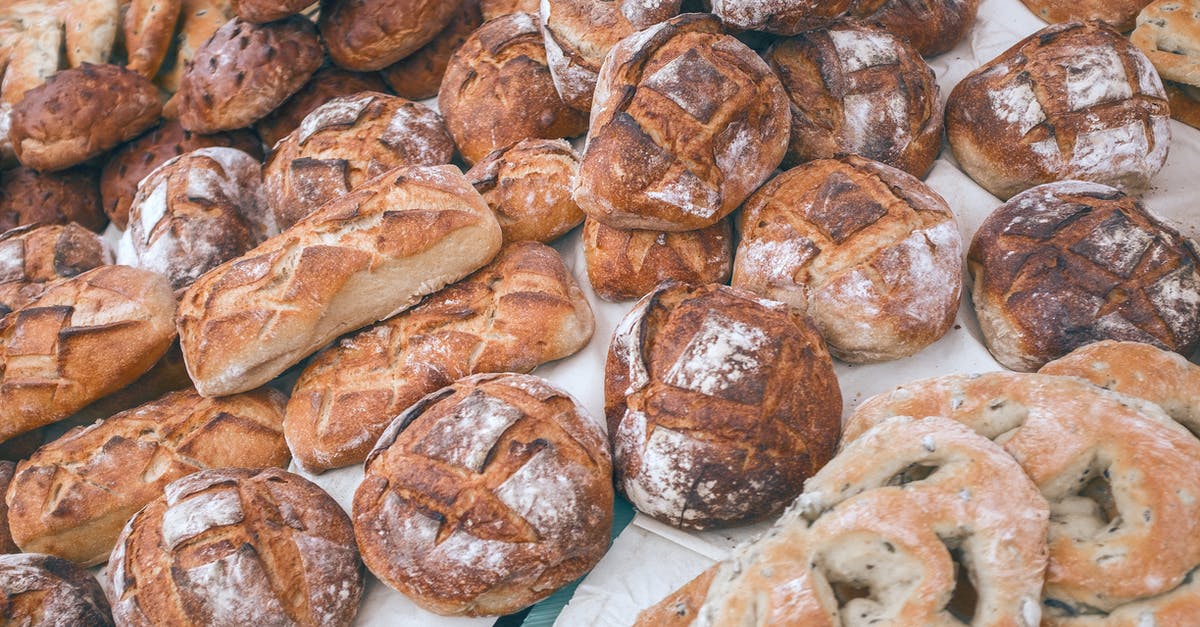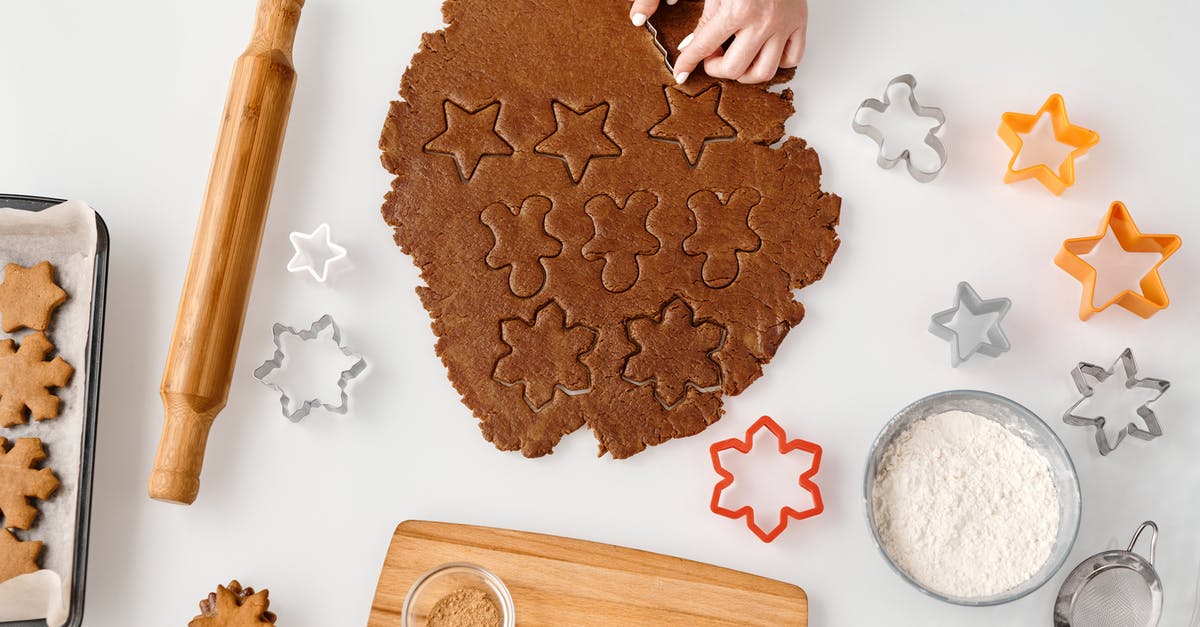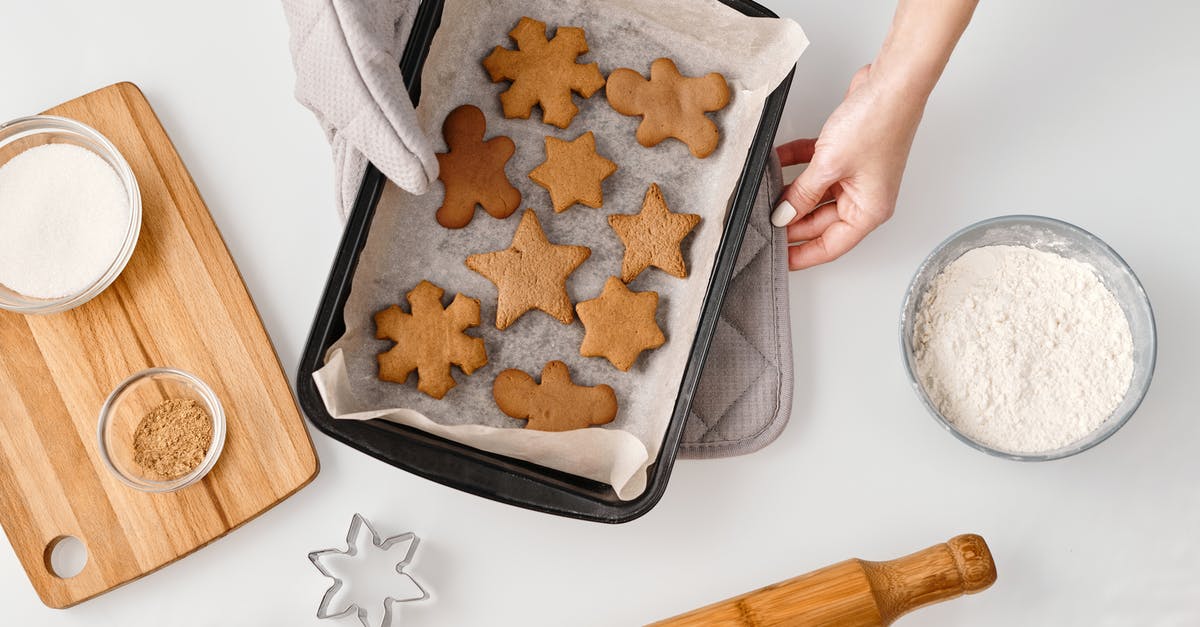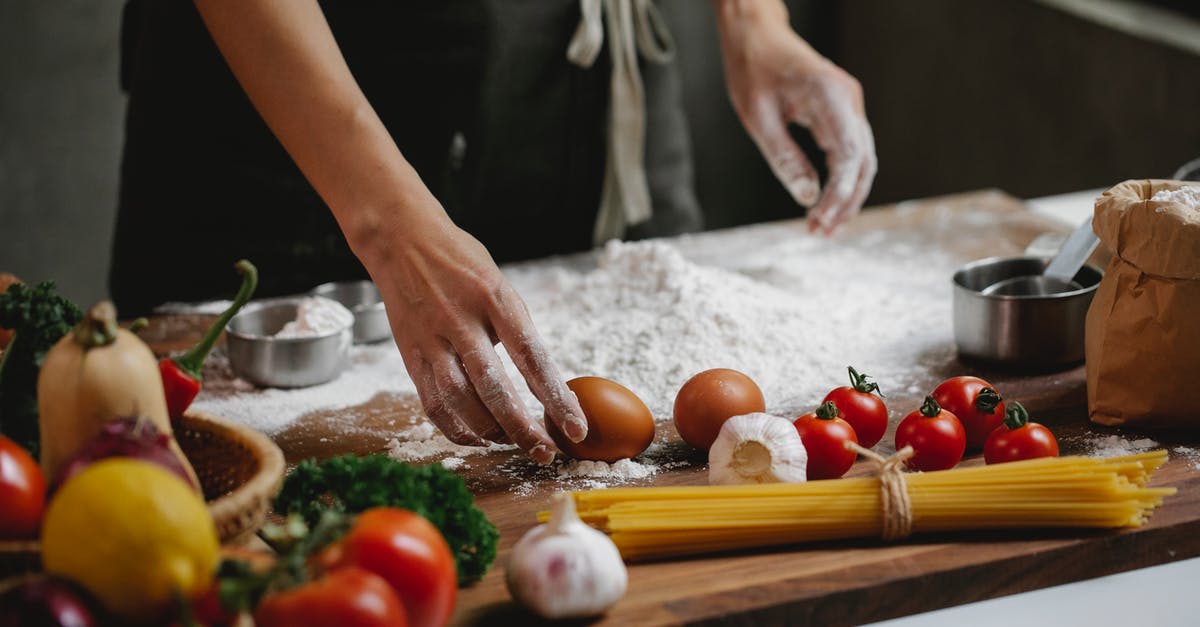Difference between Maida and All purpose flour

I'm baking tonight and I'm out of All purpose flour. I'm lazy to run out to the grocery store. Can I replace All purpose flour with Maida (Maida is better known to Asian Indians - we use it for making Naans and such)
Best Answer
Maida is wheat flour similar to what is sold in the US as cake flour. Like cake flour, maida is finely milled, and it has less protein than all purpose flour. You can use it for bread and cakes, as well as chapatis, parathas and puris.
To achieve a flour more like all purpose or other flour types, you can add gluten to maita. According to The Fresh Loaf, maida typically contains 7.5% gluten (if anyone can find a more authoritative source, please edit accordingly).
Cooking for Geeks has a good article about the gluten content of other flours:
High gluten flour and bread flour is produced from hard wheat. High gluten flour has a gluten percentage of about 12-14% while bread flour contains about 10-13% gluten. Both flours are almost completely made of hard wheat, but some high gluten flours are treated to reduce starch content, raising the gluten content to around 14%. These flours are generally used for making breads. High gluten flour is reserved for breads that are extra elastic such as bagels and pizza.
Cake flour is produced from soft wheat and is low in gluten content (8-10%). This flour is used for making delicate cakes. Baked goods made with cake flour has a tendency to crumble because of the low gluten content.
All purpose flour is made from a mixture of hard and soft wheats. The gluten content ranges from 9-12%. This is the most versatile flour because it can be used to make both cakes and breads. However, breads won't be as chewy and cakes won't be as tender as if you used bread or cake flour.
Pastry flour is also a mix of hard and soft wheat flours with an emphasis on soft. Generally, the gluten content is 9-10% and is often recommended for pie crusts.
So, again according to The Fresh Loaf:
Then if you're interested in the details of the math, start out with a formula like (100parts/100parts * 7.5%) + (Nparts/100parts * 75%) = 10.5% [or 9.5% or 12.5% or whatever your desired result is], then solve for N. Skipping intermediate steps, simplification gives N = ((end-percentage-goal * 100) - 750) / 75 (Even this math is actually an oversimplification that's not quite right. It takes the not-quite-correct shortcut of directly adding percentages without accounting for the total being more than 100 grams. Hopefully though it's "good enough" ...) The bottom line is: for every 100 grams Maida, add somewhere between 2.6 and 6.6 grams GlutenPowder. Adding 2.6 grams GlutenPowder will give a result with about 9.5% gluten, adding 4 grams GlutenPowder will give a result with about 10.5% gluten, and adding 6.6 grams GlutenPowder will give a result with about 12.5% gluten.
According to the original author of this answer, "You might find that bread and cakes made with maida don't keep as well as the same things made with all-purpose flour, but home baking never stays around for more than a day in my experience."
Pictures about "Difference between Maida and All purpose flour"



Quick Answer about "Difference between Maida and All purpose flour"
Maida is wheat flour similar to what is sold in the US as cake flour. Like cake flour, maida is finely milled, and it has less protein than all purpose flour. You can use it for bread and cakes, as well as chapatis, parathas and puris.Difference between Maida flour and All purpose flour
More answers regarding difference between Maida and All purpose flour
Answer 2
Maida is essentially very 'weak' white flour. I have used it in the past to make Indian breads like roti, but not cakes - I'd give it a try and see what happens!
Answer 3
Have used maida for making cakes/pastries/pizza/cookies/pasta/used as substitute for APF-all my life-no complaints ever! Dont know a shop that sells APF in India.
Answer 4
Well, I've made naan with all-purpose flour, and it worked just fine. So you should be able to do the reverse as well.
Answer 5
Making pizza dough with maida is not a good idea, as it makes the dough very hard. One can even make cricket bat with it, so to speak.
Answer 6
I used a mix of Maida and APF to make the Pizza Dough and only the APF but it tasted nothing like PIZZA comparing with pnly maida which was excellent in taste
Answer 7
Maida is widely available in india but not around the world. . Maida is known as strong bread flour used to make dough for bread and yes pizza base , apparently this is only known by chefs. Other is weak flour or all purpose flour, used for making biscuits and cookies. Another flour is cake flour which by name you must have guessed what it's used for. I worked in a bread factory where we also make pizza dough balls for restaurants and take away . All purpose flour is for general public and is greatly available elsewhere in supermarkets. That is the reason why baking in home you never get the perfect recipe as ready stuff.
Answer 8
I have used various maida brands for making bread for the last ten years
My experience is . Expensive maida costing upwards of 40/kg is from hard wheat. That makes excellent bread with good brown crust
. Cheap maida at around 30/kg results in white crust. Must be from inferior wheat. It is great for cakes, but not for bread
Answer 9
I have used Maida for making cakes, pies, pastries, breads and can say that it turns out okay. All purpose flour is not available in India easily (at least I have never seen it in any of the shops I have visited). The cakes turn out okay. The pies and puff pastries are crumbly. Breads are okay too. And they brown well.
Sources: Stack Exchange - This article follows the attribution requirements of Stack Exchange and is licensed under CC BY-SA 3.0.
Images: Maria Orlova, Nicole Michalou, Nicole Michalou, Klaus Nielsen
